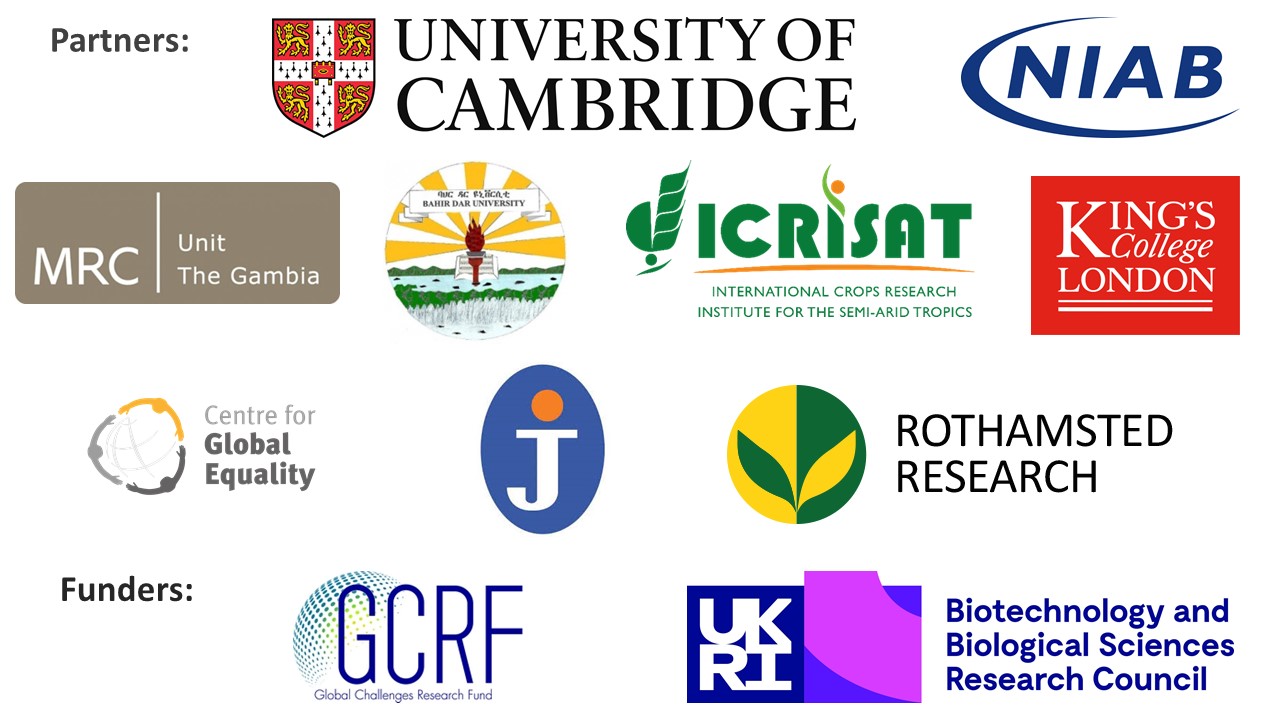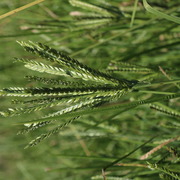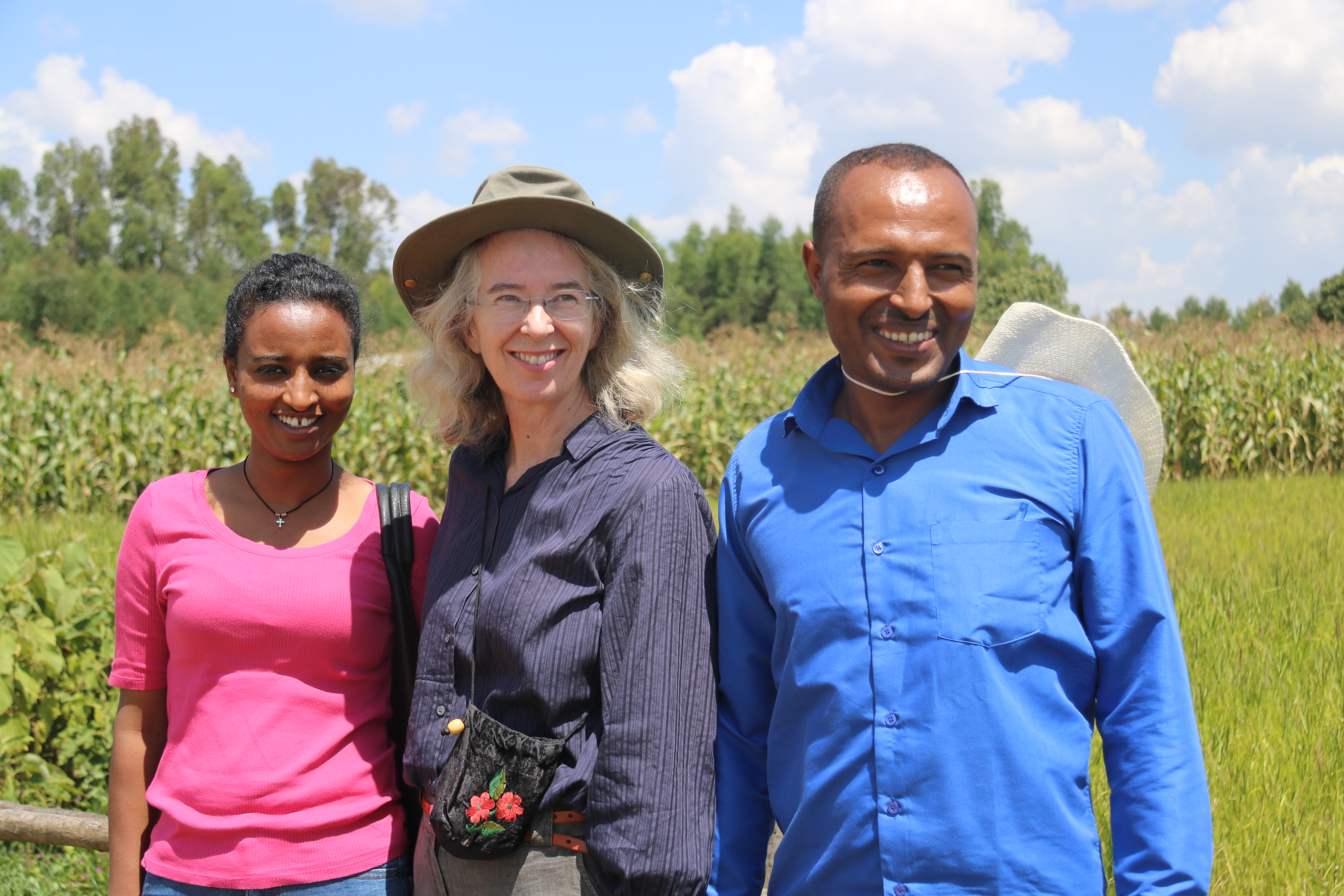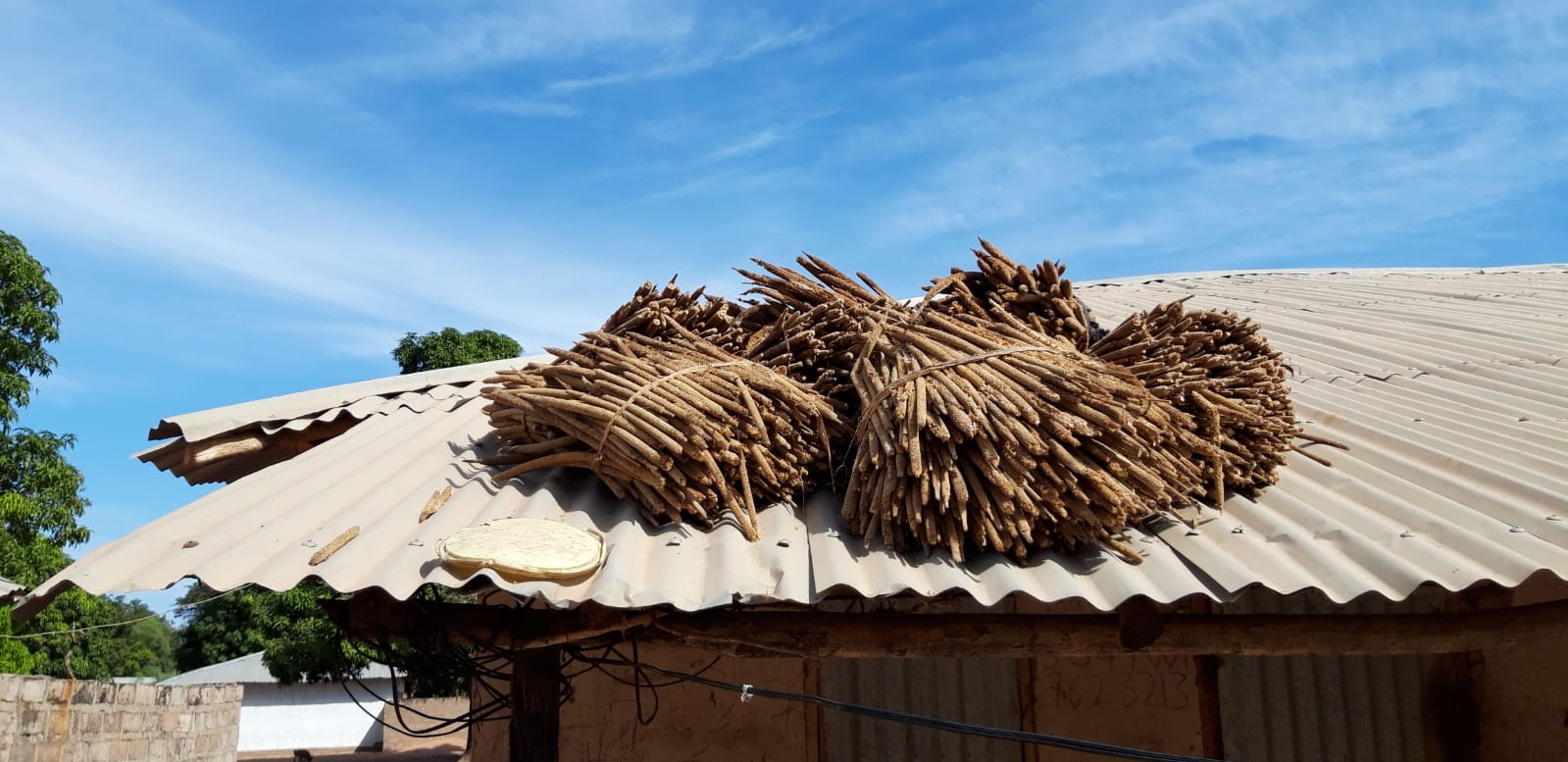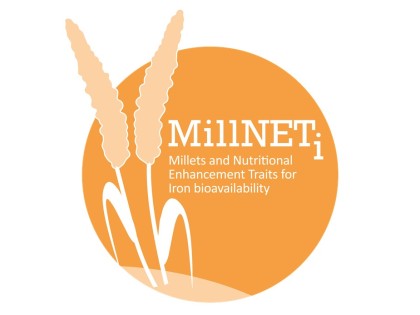
MillNETi (Millets and Nutritional Enhancement Traits for Iron bioavailability ) aims to improve the iron nutrition status of people living in Ethiopia and The Gambia by assessing, and suggesting ways to optimise, the bioavailability of iron from biofortified pearl millet and local finger millets.
Our international team approaches this issue through the lenses of multiple disciplines: crop genetics, nutrition, social science and community building.
At NIAB, Eric Ober, Stéphanie Swarbreck and Lydia Smith are looking at iron localisation in the millet grain, its transport through the plant, and release during malting.
Activities
MillNETi is assessing biofortified pearl millet varieties that have been bred by partners at ICRISAT and HarvestPlus to have higher levels of iron and zinc, as well as local Ethiopian varieties of finger millet. These varieties can be grown by local farmers and processed to flour and grains for food preparation.
In Flagship Project 1: GROWTH, NIAB is working with ICRISAT and Rothamsted Research to identify the genetic basis for these biofortification traits, and assessing how the biofortified varieties perform in different field conditions.
Iron (and zinc) in grains is usually attached to the natural compound phytate, forming a strong complex bond, which makes it difficult to digest. By activating the natural phytase enzyme, iron can be released so it can be taken up in the bloodstream after ingestion. Phytase can be activated by fermentation, soaking and some other traditional cooking methods.
To optimise the availability of the natural iron, the teams in Ethiopia and The Gambia are testing and validating different meal preparations based on traditional recipes, to identify cooking methods which result in the most bioavailable iron. Selected meals are being validated in vitro using a cell system model and in human nutrition trials (Flagship Project 2: BIOAVAILABILITY and Flagship Project 3: PROCESSING).
Social scientists in FP3 are using quantitative and qualitative surveys to understand how millets are currently grown, processed, cooked and consumed in focus villages in The Gambia and Ethiopia. This work focuses on enhancing our understanding of existing practices in order to identify potential supply- and
demand-side pathway for future interventions.
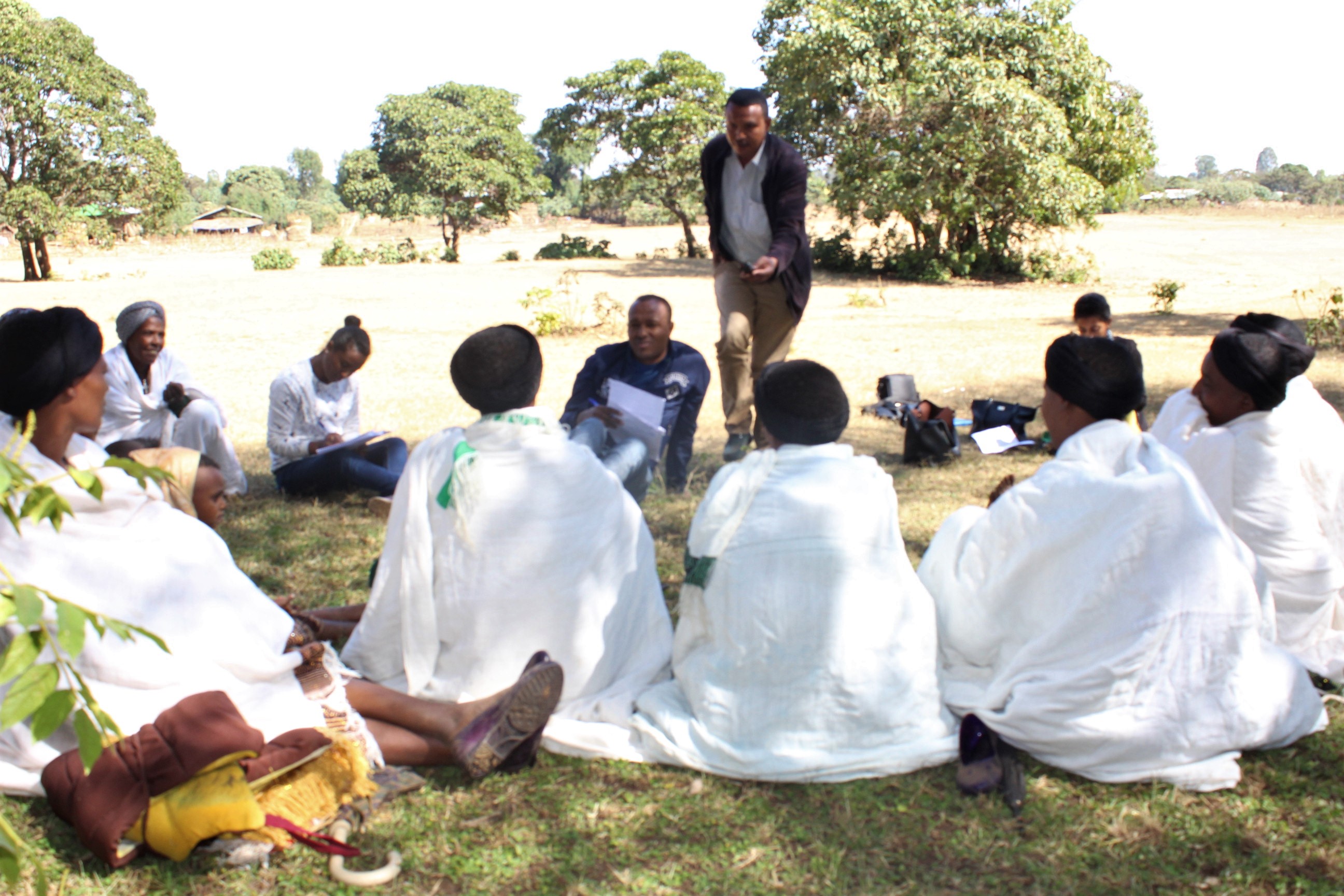
Flagship Project 4: EXTENSION is working with local communities in Ethiopia and The Gambia to disseminate the knowledge generated from our research. In Ethiopia we are working closely with JeCCDo to build local capacity through community-based organisations. Discussions of the nutritional benefits of millets and optimal preparation methods of biofortified millet will be facilitated in both Ethiopia and The Gambia.
Photos
Top left: Finger millet
Top right: Lydia Smith (NIAB), Helen Walle (PhD Student, Bahir Dar University, Ethiopia) and Tadesse Fenta (PhD Student, Bahir Dar University, Ethiopia)
Middle right: Pearl millet drying on a roof in The Gambia
Bottom right: (from left to right) Bahir Dar University researchers Helen Walle, Tadesse Fenta, Dr Minaleshewa Atlabachew and Dr Hirut Cherie Assaye conducting a focus group with local women.
Funders:
This project is funded by GCRF via BBSRC and will run from April 2019 to September 2021
Partners
- University of Cambridge (Departments of Plant Sciences, Development Studies, MRC Bone Health group, the Global Food Security IRC, the Cambridge Global Challenges SRI and the Cambridge-Africa Initiative)
- NIAB, NIAB Innovation Farm
- MRC Unit The Gambia at LSHTM
- Bahir Dar University (Ethiopia)
- ICRISAT (India, Ethiopia, Malawi)
- King’s College London
- Centre for Global Equality – working with Ethiopian NGO JeCCDO
- Rothamsted Research
News
- Blog: Missives from MillNETi: Interdisciplinary working to tackle iron deficiency. Written by Joanna Wolstenholme, MillNETi Programme Manager. Posted 6 April 2020.
- Blog: An eye opening experience at ICRISAT: Thanks to TIGR2ESS. Dr Hirut Assaye Cherie and her PhD student Helen Walle reflect on their time joining the TIGR2ESS General Assembly in India. Posted 13 February 2020.
Resources:
NIAB: The MillNETi Project
By Lydia Smith (NIAB) and Joanna Wolstenholme (University of Cambridge)
ICRISAT: Views on bio-fortified pearlmillet
By Joanna Wolstenholme (University of Cambridge)
Contact:
Ms Joanna Wolstenholme
MillNETi Programme Manager
Email: jsw54 [at] cam.ac.uk
MillNETi Twitter
MillNETi page on GFS website
